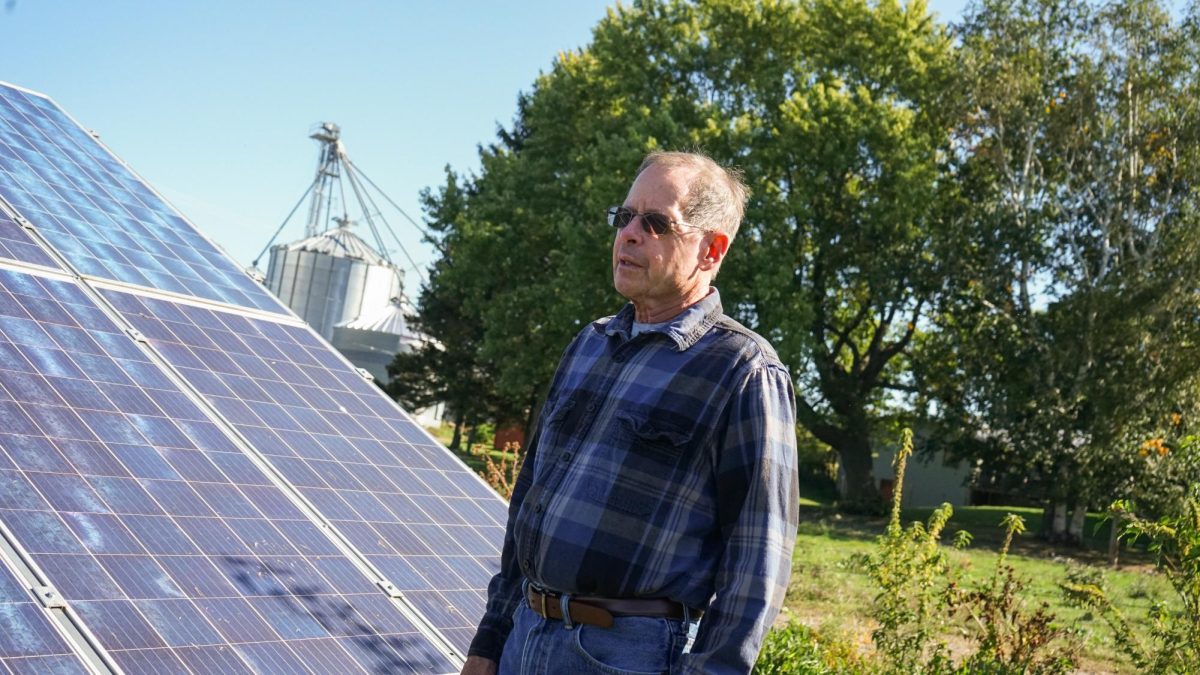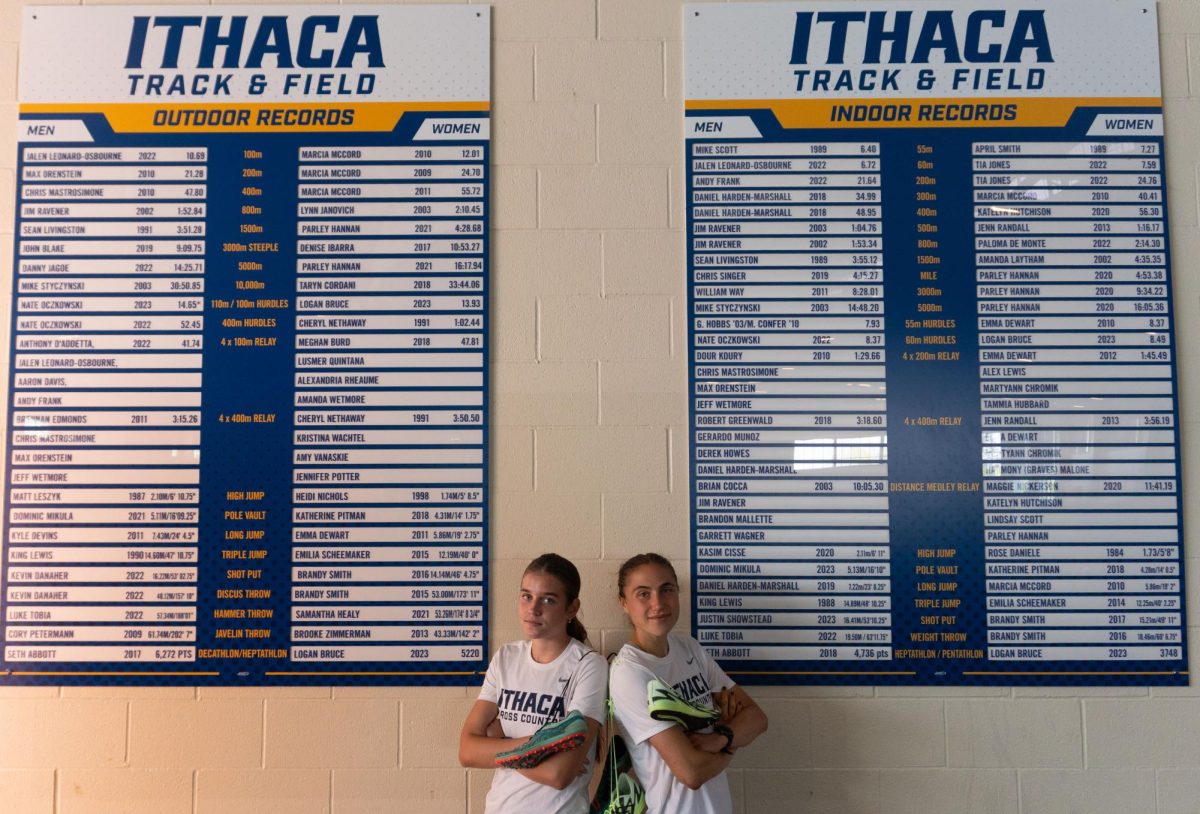Bicycle boulevards are utilized in many cities across the country, according to the Bicycle Boulevard Network proposal. Knipe partnered with Kent Johnson, Junior Transportation Engineer, and they developed an official proposal to create Bicycle Boulevards across the city. Ithaca first had a bicycle plan in 1997, but very few projects were developed since then.
“It’s important because it’s the first major work of bicycle infrastructure that’s happened in the city,” David West, director of the Bicycle Pedestrian Advisory Council said. “In 1997, the city adopted a bicycle plan, but it hasn’t been implemented; there’s been very few actual projects that came out of it.”
The network will be fully implemented over the summer, requiring route signs, traffic calming devices such as speed bumps, and pavement markings. The main part of the Bicycle Boulevard will run across Plain Street with the potential for an expansion to busier intersections in the future.
“The three intersections that really need work are at Clinton Street, Green Street and at Seneca Street,” West said. “Green and Seneca will be a lot more work to deal with. They probably need stop lights, which are very expensive.”
Bicycle Boulevards differ from traditional bike lanes as the boulevards are placed on primarily already low-traffic streets and merely offer more signage. The focus is on slowing other vehicles to make it safer for bicycles. Approximately less than two percent of trips to work in Ithaca take place on bicycles, and the City hopes to increase that number by adopting the Bicycle Boulevard Network plan and making the city more bicycle-friendly.

“Basically it creates a place where people are more comfortable riding and it’s also safer,” West said. “It’s the kind of infrastructure that’s kicked off bike booms in a lot of major cities.”
Bicycle boulevards are a great start, said West, but are generally only successful on low traffic streets.
“A bike boulevard won’t cause a huge shift but it can be a nudge in the right direction,” Jeff Mapes, author of the 2009 book, Pedaling Revolution: How Cyclists are Changing American Cities, said.
The plan is partnered with three different local schools, Beverly J. Martin, Boynton Middle School and Fall Creek, as part of the Safe Routes for School federal program which is a national and international program to encourage children to walk and cycle to school.
“When we first started writing it, the opportunity came along to apply for Safe Routes to School federal funding, which can be used on a number of different types of efforts,” Johnson said.
Making the city more bicycle friendly will hopefully encourage more residents, both children and adults, to cycle, Knipe said.
“Overall, the city of Ithaca by implementing a complete bike boulevard network should expect to see a noticeable, measurable increase in the use of bikes for transportation, absolutely,” he said.
Despite Ithaca’s tumultuous weather, the authors of the plan argue that people cycle at all times of the year, and the implementation of this network will create a safer and healthier Ithaca.







